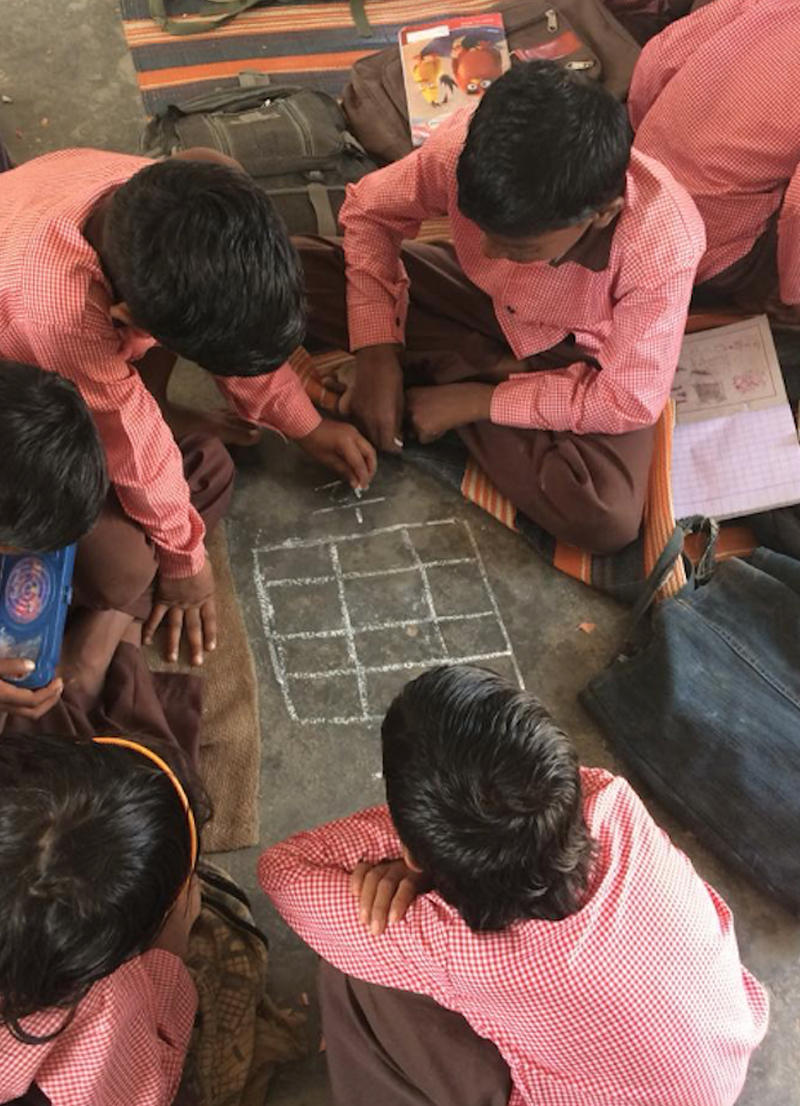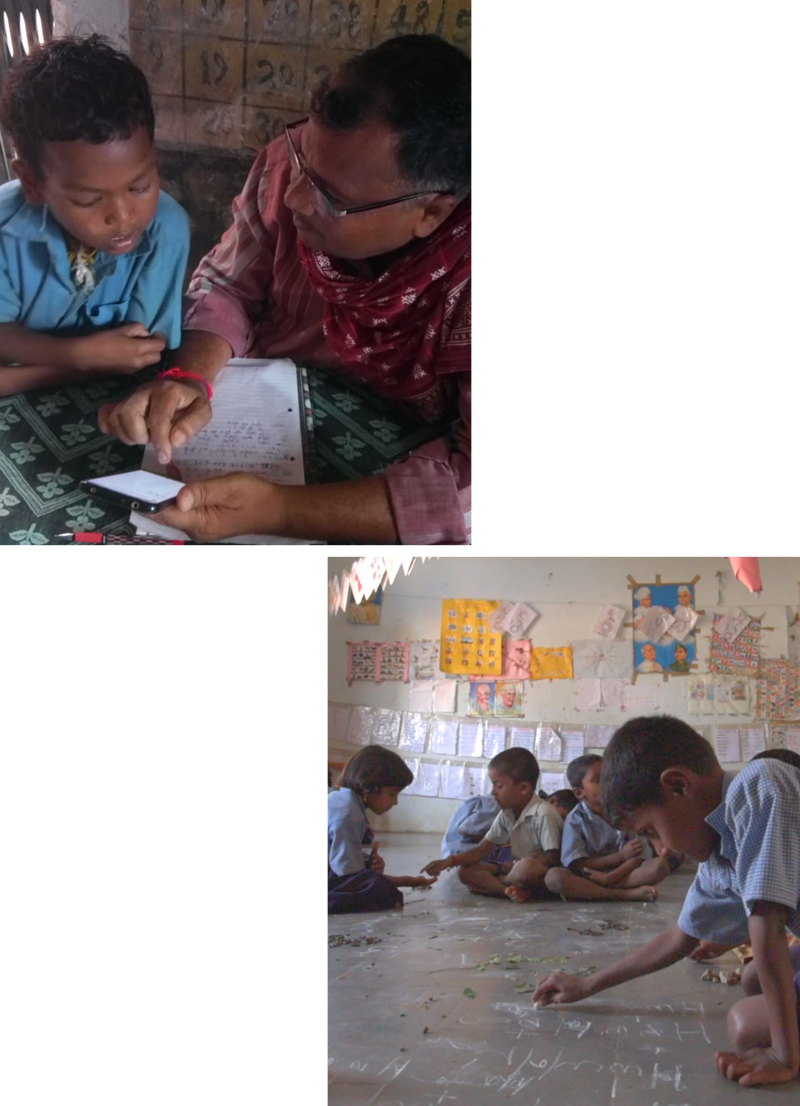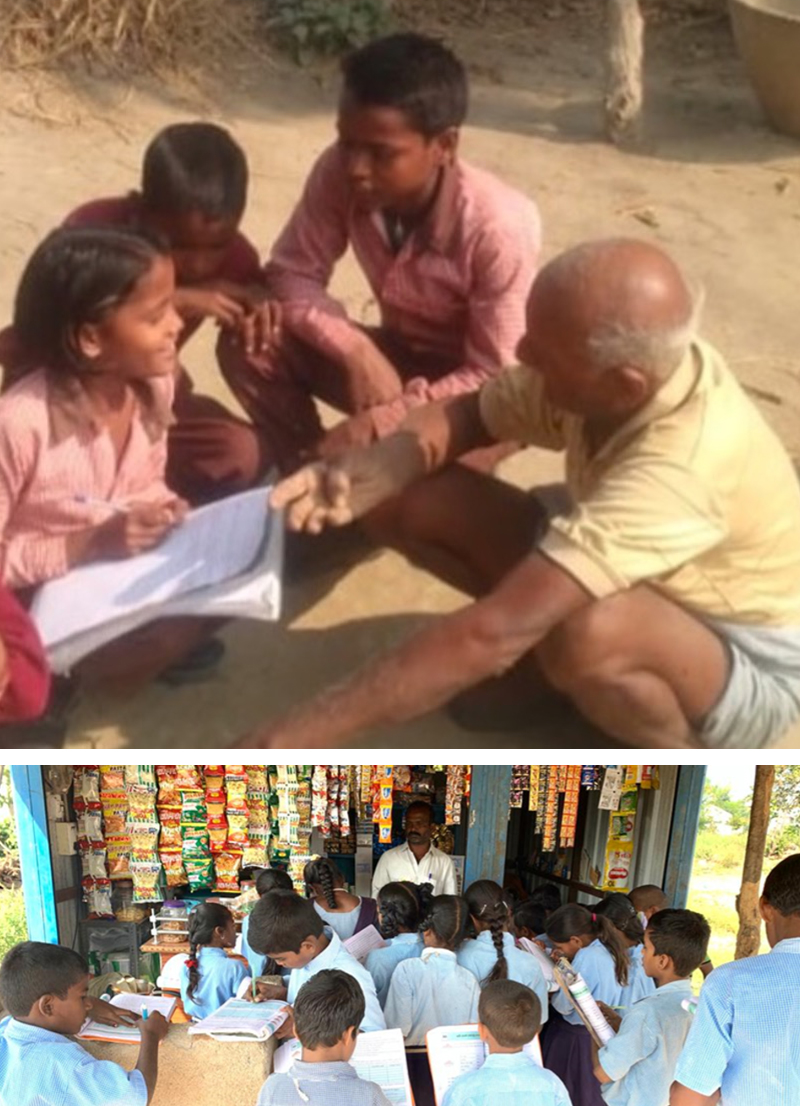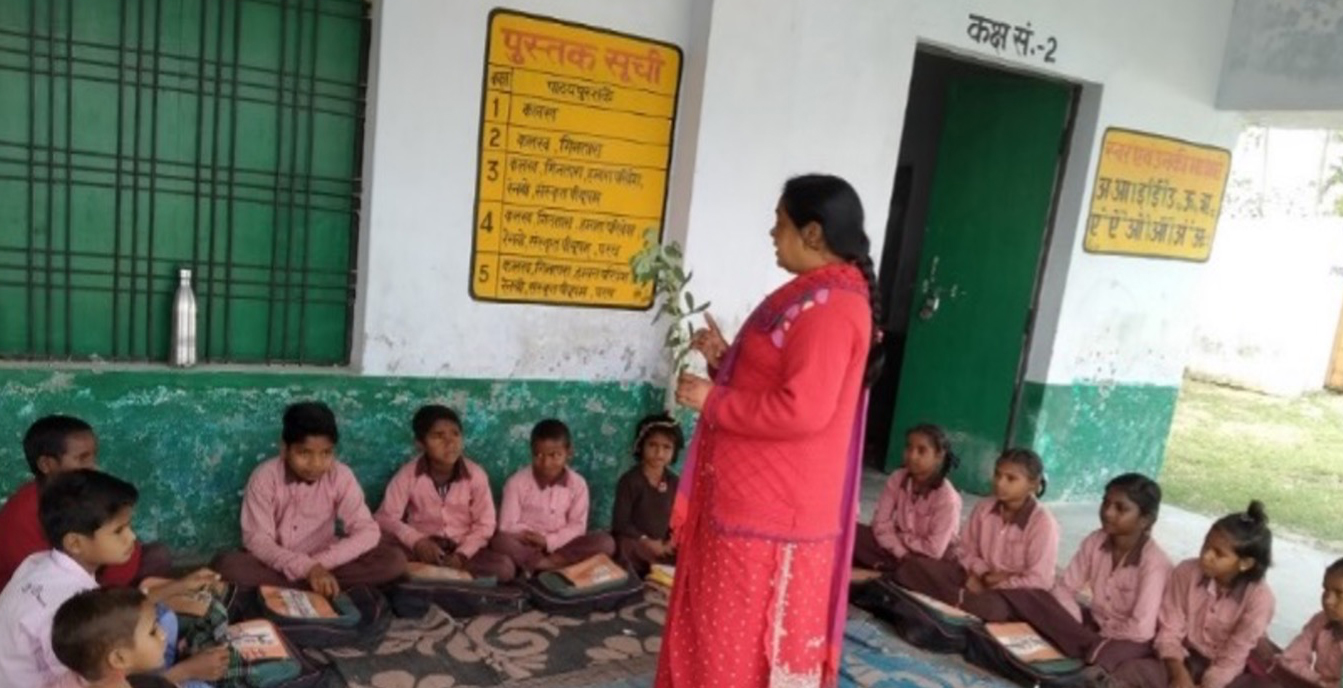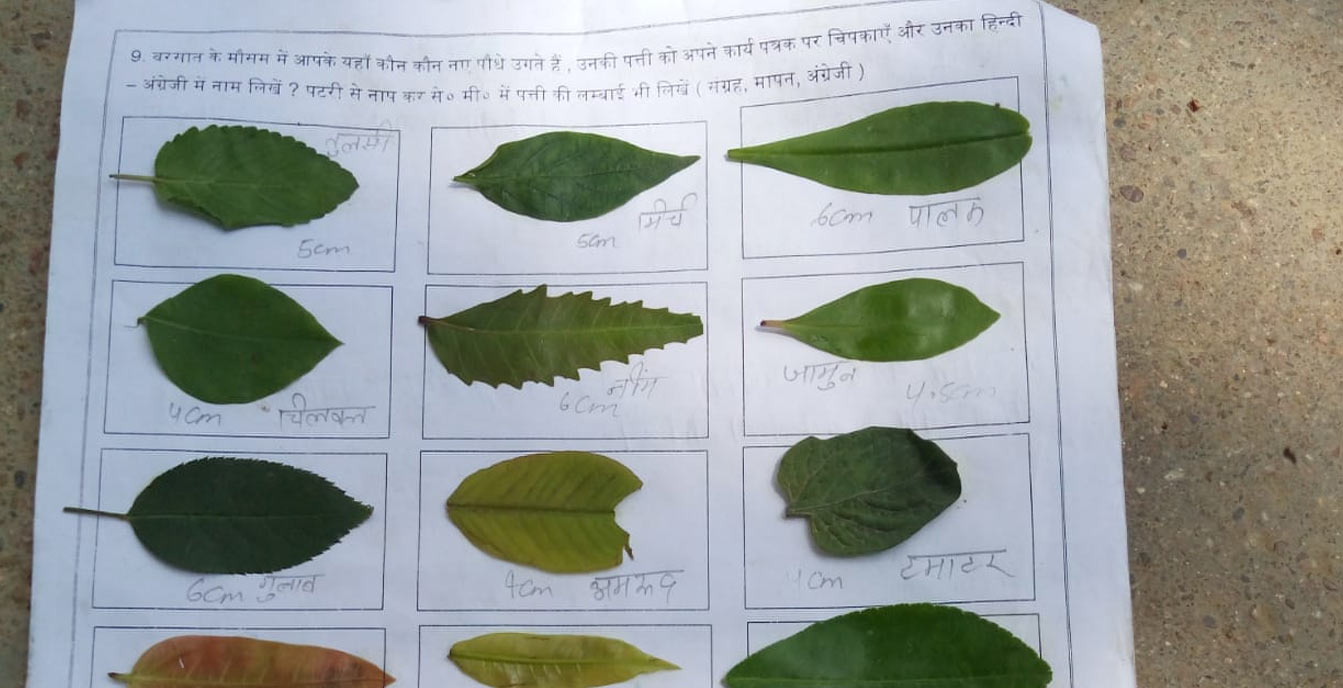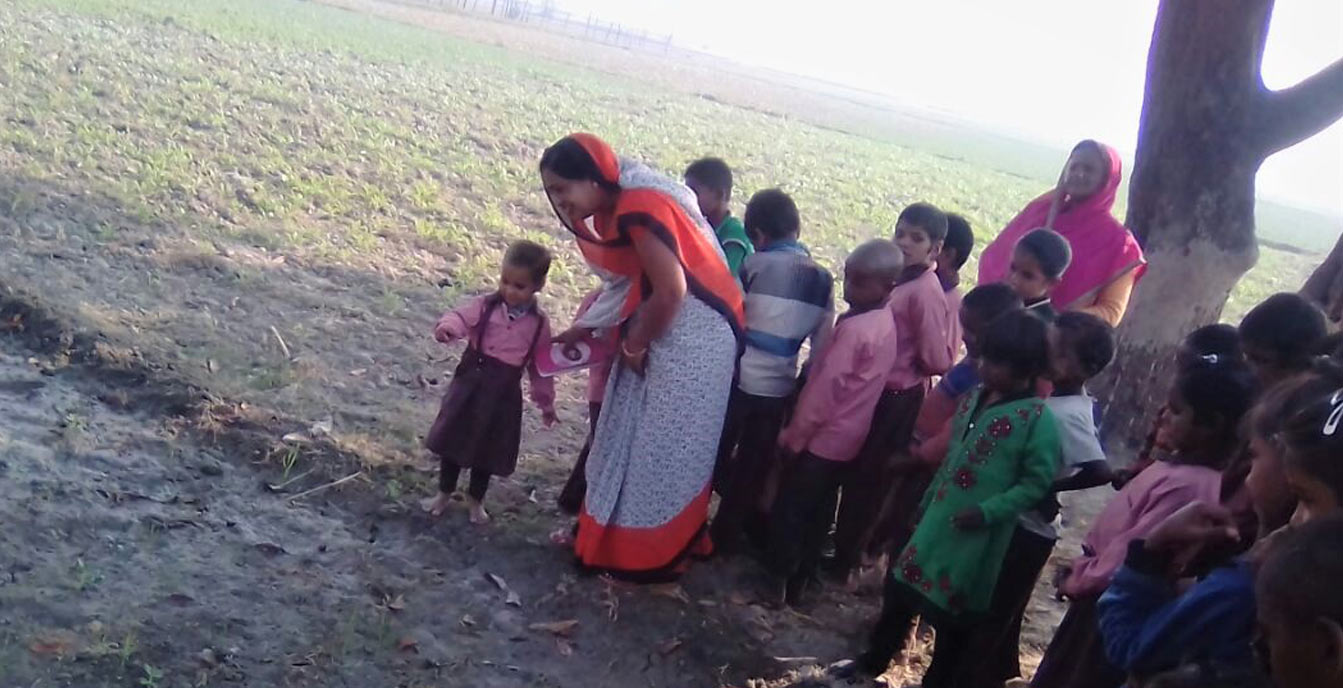Learning is an integral part of living, a natural process, that begins much before children enter school. However, when a child walks into school, their existing knowledge and capabilities are often ignored.
The emphasis on developing early literacy and numeracy without simultaneously strengthening children’s core abilities to learn and develop multiple abilities, often results in struggles for both teachers and students.
The outcomes from schooling certainly shouldn’t be focused on transmission of facts but rather on “learning to learn.”
All children learn. All children deserve schools where learning can be enhanced, where they can discover and co-create knowledge.


